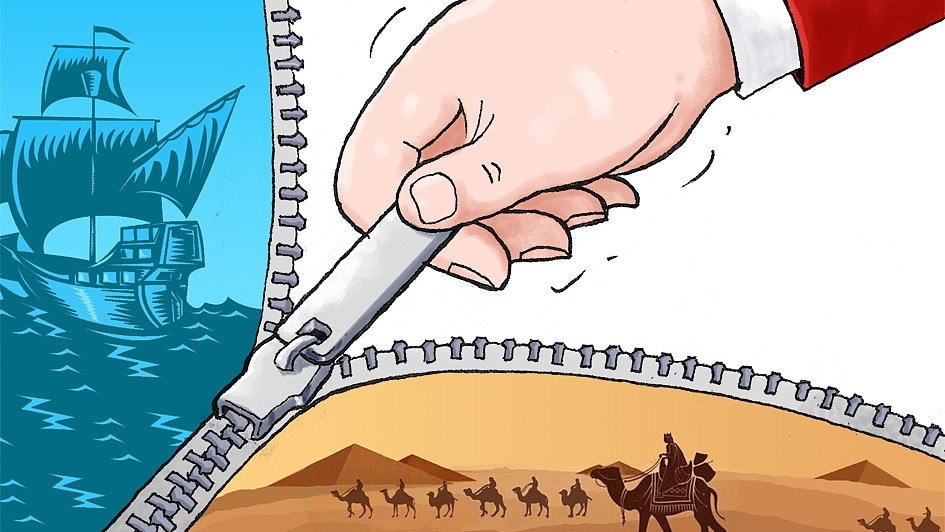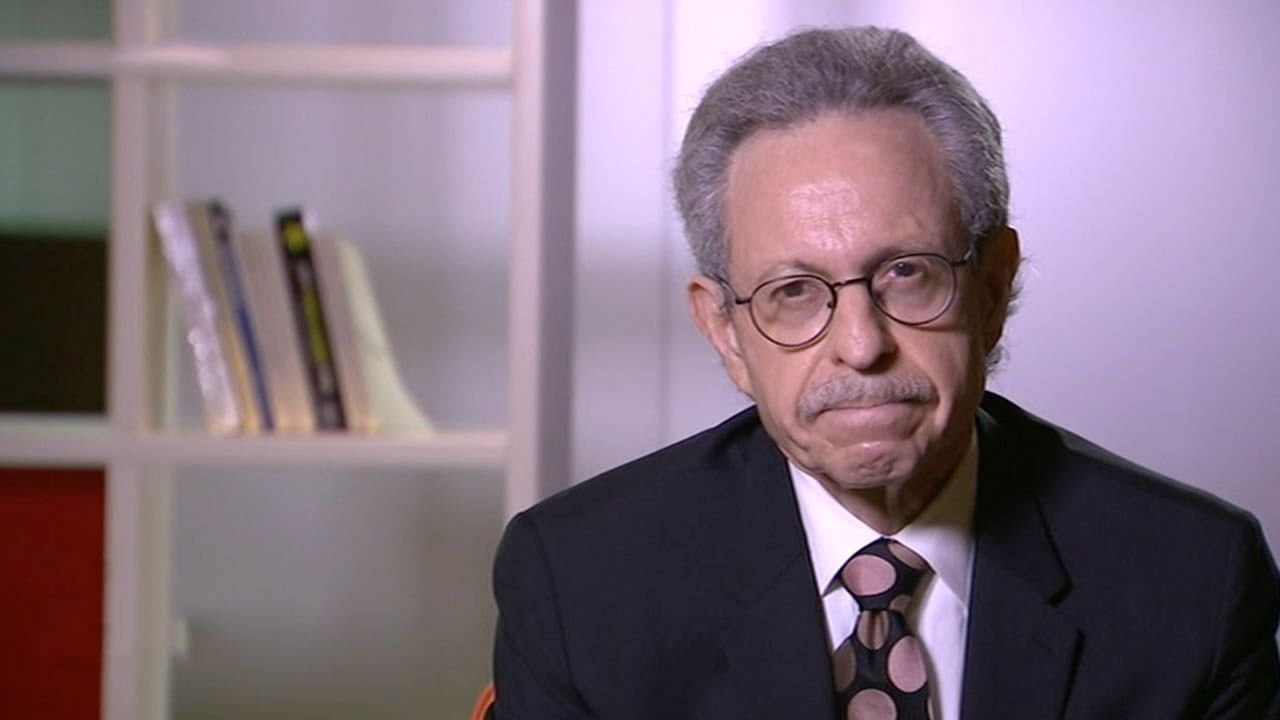
Politics
22:09, 12-May-2017
Closer to Belt and Road Initiative with R.L.Kuhn: From vision to reality

By CGTN's R.L. Kuhn
The Belt and Road Initiative refers to the Silk Road Economic Belt over land and the 21st Century Maritime Silk Road over the seas. It was launched by the Chinese government to promote economic cooperation among participating countries.
The Belt and Road Initiative focuses on infrastructure projects that are jointly built through consultation to meet the interests of all. Belt and Road connectivity projects help align and coordinate the development strategies of participating countries, build market potential, promote investment and consumption, and create demand and job opportunities.
The human side of the Belt and Road Initiative encourages people-to-people and cultural exchanges, and fosters mutual learning, so that diverse peoples can understand, trust and respect each other, live in peace and harmony, and seek prosperity and fulfillment.

I am delighted to attend my fourth International Forum on the Belt and Road, President Xi Jinping’s premier strategy for engaging the developing world, emphasizing projects for mutual development. The core idea is to structure, finance and build much-needed infrastructure where it is needed, while at the same time diversifying and expanding the Chinese economy, which needs restructuring.
I’ve witnessed progress from vision to reality, from formulation of strategy to implementation of projects. Speaking to the China-Arab States Cooperation Forum, President Xi explained how diverse peoples and cultures can work together “Looking back on the history of exchanges between the Chinese and Arab peoples,” Xi said, “we immediately think of the land Silk Road and the maritime spice route. Our ancestors crossed the desert for months on end, and sailed the oceans day and night,” putting themselves at the forefront of friendly exchanges between different nations in the ancient world.
To promote the Belt and Road spirit when working with diverse cultures or civilizations, President Xi describes three principles: 1) mutual learning, safeguarding cultural traditions, opposing prejudice and discrimination, advocating tolerance, and preventing extremist forces and ideas from creating division; 2) respecting each other’s choice of development path; “People don’t need to wear the same shoes,” President Xi said; “they should find what suits their feet. Likewise, nations don’t need to adopt the same form of government; they should find what benefits their people.”; and 3) mutually beneficial cooperation with closer economic integration, developing infrastructure and institutional innovation, and generating employment growth.
For China to become a global leader, it must gain global respect for its principals and philosophies, not only for its economy and military. This involves appreciation for China’s "road of development" and its political system. This is a larger topic but such appreciation can develop with a kind of convergence, where China’s political system continues to reform, with increasing transparency and freedoms, and where foreigners come to understand China’s pragmatic competence in managing its complex society.
Belt and Road risks are real. Political instability and terrorism are ever present and China must integrate contingency planning and provide security mechanisms in cooperation with host countries. China becomes a leading nation by asserting, not by resisting, moral leadership. In my dream of a post-adversarial world, China would share responsibility for world peace and prosperity, from providing humanitarian relief to reigning in rogue regimes that trouble their own people. In today’s world, the real conflict is not between differing political systems, but rather between the forces of modernity, competence and development and those of ignorance, exploitation and oppression. As such, China’s Belt and Road Initiative should be celebrated.

SITEMAP
Copyright © 2018 CGTN. Beijing ICP prepared NO.16065310-3
Copyright © 2018 CGTN. Beijing ICP prepared NO.16065310-3